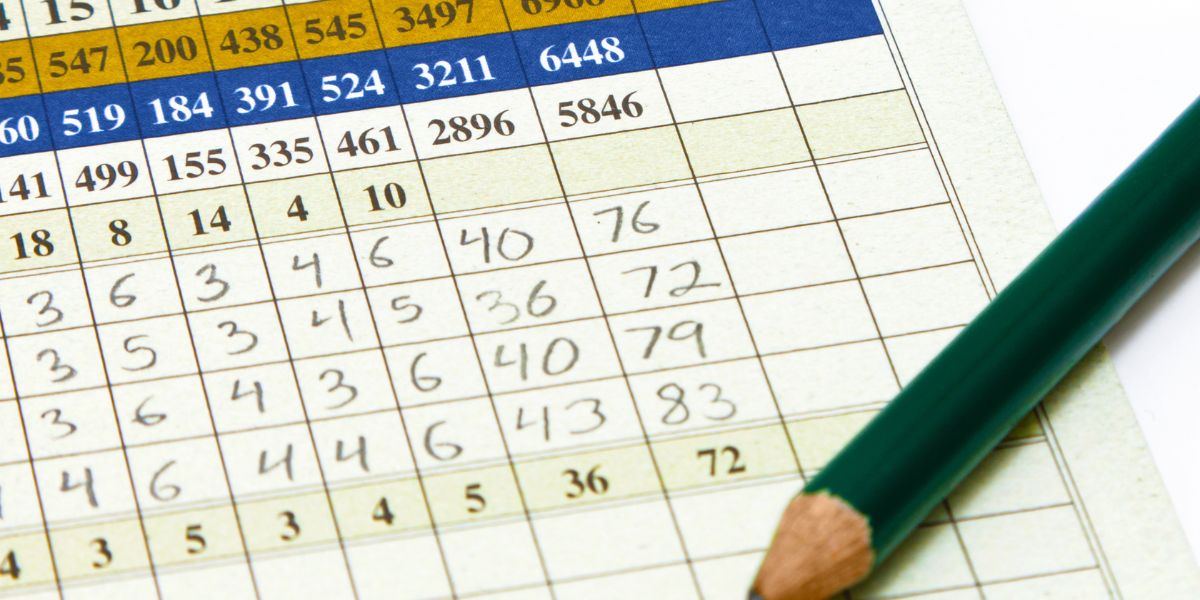
When you first look at a baseball scorecard, it might seem overwhelming. But don’t worry; with a bit of practice, you can learn to navigate it easily. You’ll find spaces for player names and the batting order, along with symbols that represent various plays. Understanding these elements is key. Ready to uncover the essential symbols and how they fit into the game? Let’s explore this further.
The Basics of a Baseball Scorecard
A baseball scorecard acts like a roadmap to the game, helping you track every key moment on the field.
You’ll find spaces to record players’ names, positions, and batting order, which sets the stage for understanding the game. As the game unfolds, you’ll mark hits, runs, and outs in designated boxes.
Familiarizing yourself with the overall layout is essential, as it guides you through each inning. You’ll also notice sections for tracking pitchers and the score. Keeping everything organized helps you follow the action closely.
Understanding the Symbols and Abbreviations
While you’re getting the hang of reading a baseball scorecard, understanding the symbols and abbreviations is crucial for effectively tracking the game.
You’ll encounter various notations that help you quickly grasp what’s happening on the field. For example, “1B” stands for a single, while “2B” indicates a double. “K” represents a strikeout, and “BB” denotes a walk.
Defensive positions are also abbreviated, like “P” for pitcher and “CF” for center fielder. Keep an eye out for “E,” which signifies an error, and “DP” for a double play.
Familiarizing yourself with these symbols will enhance your scorekeeping skills and make watching the game even more enjoyable.
Tracking the Game: Innings and Runs
As you follow the game, tracking innings and runs becomes essential to understanding the scorecard’s progression. Each inning represents an opportunity for both teams to score, and it’s crucial to note how many runs each team accumulates.
You’ll find a series of boxes along the top of the scorecard, with each box representing an inning. As runs are scored, fill in the corresponding box for the team that’s batting. If a team scores multiple runs in an inning, write the total in that inning’s box.
At the end of the game, sum up the runs to see the final score. This practice not only keeps you engaged but also helps you grasp the game’s flow and excitement.
Keeping Score: Player Stats and Performance
Understanding player stats and performance is a key part of keeping an accurate score on a baseball scorecard. As you track each player’s contributions, you’ll want to note their hits, runs, and errors. Use abbreviations like H for hits and E for errors to keep it simple.
When a player gets a hit, mark it in the appropriate column; if they strike out, note it as a K. Don’t forget to track walks (BB) and stolen bases (SB) too. Each player’s stats help you gauge their impact on the game.
Conclusion
With a little practice, reading a baseball scorecard becomes second nature. By familiarizing yourself with the layout and symbols, you’ll easily track player performance and game events. Remember to keep an eye on innings and runs to follow the game’s flow. Soon, you’ll not only understand the scorecard but also enhance your enjoyment of the game itself. So grab a scorecard the next time you head to the ballpark, and start keeping score!




